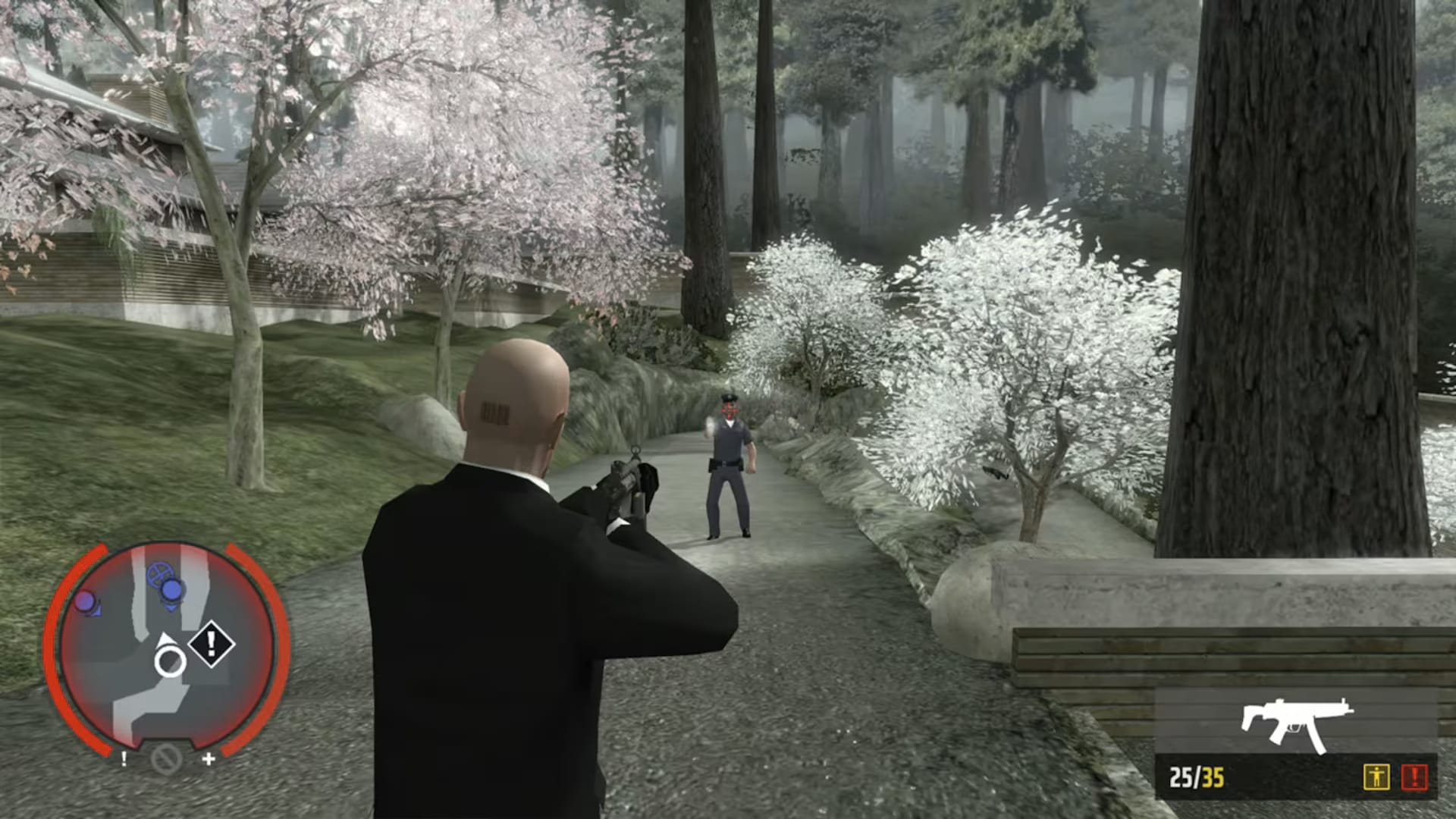Beyond “Raised by Wolves”: The Shocking Reality of Feral Children
The stories are the stuff of legend—children raised by wolves, running on all fours, speaking in animal tongues. These captivating tales of “feral humans” have captivated imaginations for centuries, blurring the lines between fact, fiction, and our deepest fears. But how much of what we believe is true? While the romanticized image of a child thriving in the wild is enticing, the reality of feral children is often far more grim.
Did you know that feral people exist? They are individuals who have spent a significant amount of time isolated from human society, often due to abandonment or trauma. Discover the fascinating world of feral people and their unique characteristics.
Isolation’s Toll: The Impact on Human Development
To be “feral” is not simply to live in the wild; it’s to be profoundly deprived of human contact, especially during the crucial developmental years of early childhood. This isolation can have a devastating impact on a child’s physical, cognitive, and social development.
Language Development: Imagine growing up without ever hearing a human voice or learning the complex dance of language. Children deprived of regular human interaction often struggle to acquire language, particularly the nuances of grammar and syntax. This supports the “critical period” hypothesis, which suggests that there’s a limited window in early childhood when language acquisition is most effortless and complete.
Social Skills and Behavior: We are social creatures by nature, hardwired to connect and learn from one another. Feral children, starved of these essential interactions, often exhibit limited or unusual social behaviors. They may struggle to understand social cues, express their emotions appropriately, or form meaningful bonds with others.
Physical Development: Even our physical bodies bear the marks of our social upbringing. Feral children may experience delays in motor skill development, particularly bipedalism (walking upright). Their sensory processing may also be altered due to limited and atypical sensory experiences in isolation.
Debunking the Myths: Separating Fact From Fiction
While tales of children raised by animals capture our imagination, documented cases of feral children often point to a darker reality—one marked by severe neglect, abuse, and abandonment.
The Tarzan Fallacy: Popular culture bombards us with stories like Tarzan or Mowgli, where feral children thrive in the wild, often developing almost superhuman abilities. However, these fictional accounts rarely reflect the harsh realities faced by real feral children.
The Real Story: In many documented cases, children end up in feral-like conditions due to horrific circumstances:
- Abandonment: Driven by poverty, societal stigma (often associated with disabilities), or violence, parents may abandon their children, leaving them to fend for themselves.
- Abuse and Neglect: Some children are intentionally confined, isolated, and deprived of basic necessities, leading to a life tragically mirroring what we call “feral.”
Notable Cases: Glimpses into the Enigma
A handful of compelling cases have shaped our understanding of feral children, offering both hope and heartbreak:
Victor of Aveyron (early 1800s): One of the first documented cases, Victor was found wandering the woods of France at around age 12. Despite years of effort, his ability to integrate into society remained limited, sparking debate about the nature of humanity and the impact of early experiences.
Genie (1970): Confined to a small room and abused for 13 years, Genie’s case is perhaps the most well-known. Her story highlights the remarkable capacity for language acquisition even after prolonged isolation but also underscores the lasting scars of severe deprivation.
Isabelle (1938): Discovered at age six with her deaf-mute mother, Isabelle’s case offers a glimmer of hope. Her remarkable progress in language acquisition after intervention suggests that early intervention is crucial and that the brain retains a degree of plasticity even after significant deprivation.
Ethical Dilemmas: Navigating the Gray Areas
The study and treatment of feral children inevitably raise complex ethical questions:
Exploitation vs. Research: Cases of feral children often attract intense media attention, raising concerns about exploiting vulnerable individuals for scientific gain or sensationalism.
Intervention Challenges: Reintegrating feral children into society is a delicate and often traumatic process. It requires specialized care, a deep understanding of trauma, and immense patience.
Defining ‘Humanity’: Perhaps most profoundly, these cases challenge our very definition of what it means to be human. They highlight the profound influence of social learning, experience, and culture in shaping who we become.
The Enigma Endures: Seeking Answers Through Compassion
The existence of feral humans, whether romanticized or rooted in tragic reality, continues to fascinate and challenge us. While we may never have definitive answers to all our questions, one thing remains clear: approaching these cases with compassion, empathy, and a commitment to ethical treatment is paramount. By unraveling the mysteries of feral humans, we gain a deeper understanding of our own humanity—the extraordinary resilience of the human spirit and the profound importance of connection, nurture, and the enduring power of human interaction.












